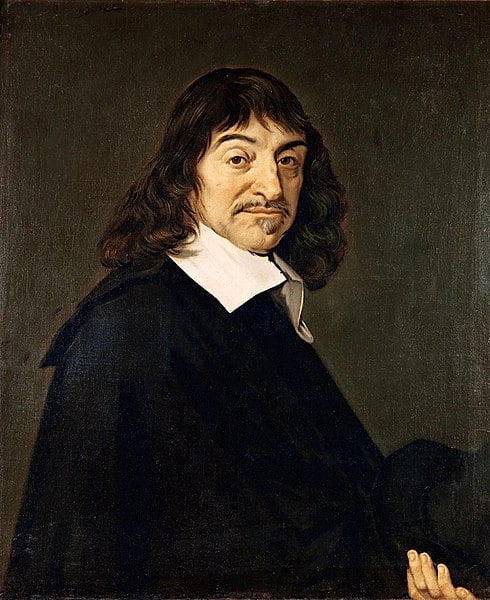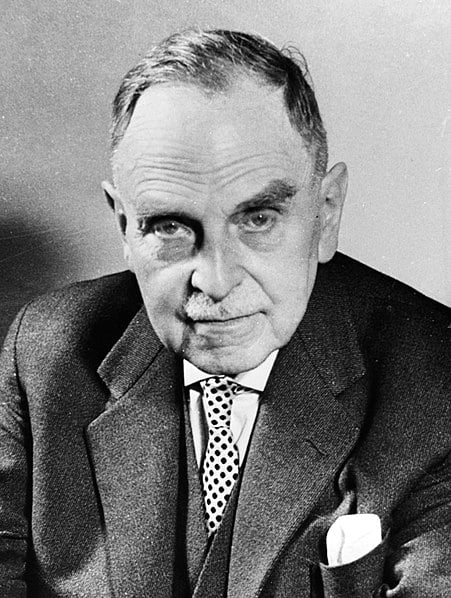| Name | Sir Isaac Newton FRS |
| Born | 4 January 1643 [O.S. 25 December 1642], Woolsthorpe-by-Colsterworth, Lincolnshire, England |
| Died | 31 March 1727 (aged 84) [O.S. 20 March 1726], Kensington, Middlesex, Great Britain |
| Resting Place | Westminster Abbey |
| Education | Trinity College, Cambridge (B.A., 1665; M.A., 1668) |
| Known for | Laws of motion, Universal gravitation, Reflecting telescope, Calculus, Opticks, Newtonian fluid, Empirical law of cooling, Speed of sound calculation, Colour theory |
| Fields | Physics, Natural philosophy, Alchemy, Theology, Mathematics, Astronomy, Economics |
| Institutions | University of Cambridge, Royal Society, Royal Mint |
| Academic Advisors | Isaac Barrow, Benjamin Pulleyn |
| Notable Students | Roger Cotes, William Whiston |
| Major Contributions | Formulated the laws of motion and universal gravitation, built the first practical reflecting telescope, developed a theory of color based on prism experiments, co-developed calculus, established classical mechanics, contributed to optics, introduced Newtonian fluid, formulated an empirical law of cooling, calculated the speed of sound, generalized the binomial theorem to non-integer exponents |
| Political Party | Whig |
| Political Positions | Member of Parliament for the University of Cambridge (1689–1690, 1701–1702), President of the Royal Society (1703–1727), Master of the Mint (1699–1727), Warden of the Mint (1696–1699) |
| Awards | FRS (1672), Knight Bachelor (1705) |
| Publications | Philosophiæ Naturalis Principia Mathematica (1687), Opticks (1704) |
| Personal Beliefs | Devout but unorthodox Christian, privately rejected the doctrine of the Trinity |
| Legacy | Key figure in the Scientific Revolution, his work laid the foundations for classical mechanics, influenced later scientific fields such as special relativity and quantum mechanics, highly regarded by contemporaries and future generations of scientists |






